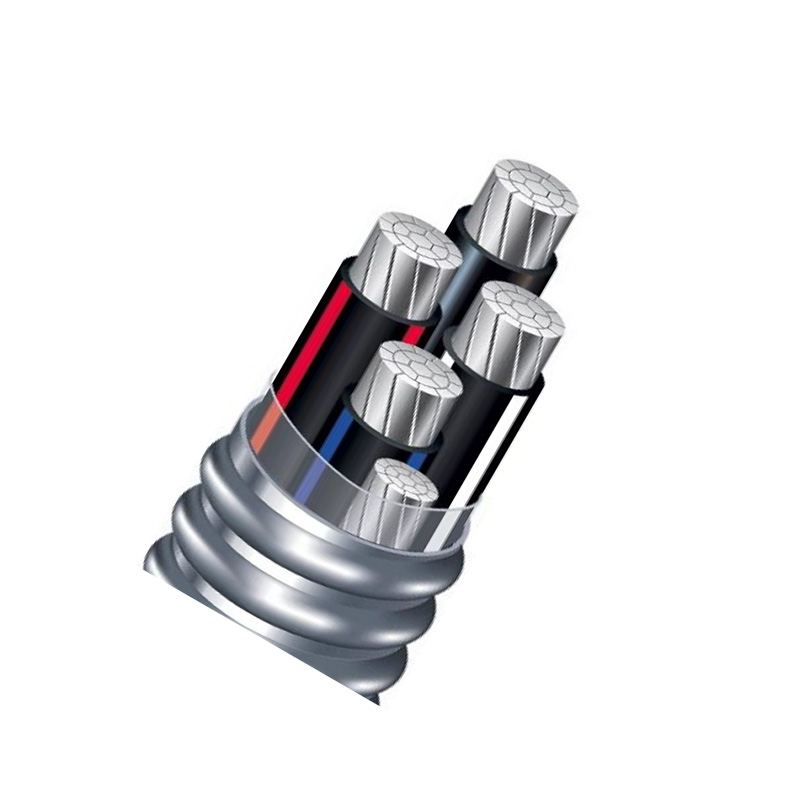9 月 . 25, 2024 18:48 Back to list
resilient seated gate valve
Resilient Seated Gate Valve An Overview
The resilient seated gate valve is an essential component in various piping systems, offering a reliable solution for controlling fluid flow. This type of valve is widely used in water distribution, wastewater management, and industrial applications due to its robust design and superior sealing capabilities. In this article, we will explore the design features, advantages, applications, and maintenance practices associated with resilient seated gate valves.
Design Features
Resilient seated gate valves are characterized by their unique construction, which includes a gate that moves vertically to open or close the flow passage. These valves typically comprise a body made of ductile iron or cast iron, with a resilient sealing surface usually made of rubber or elastomer materials. The use of a resilient seat significantly enhances the valve's sealing performance, ensuring a tight shut-off even under varying pressure conditions.
One of the critical components of a resilient seated gate valve is the gate itself, which is generally flat and designed to minimize flow resistance. When the valve is in the open position, the gate is completely withdrawn from the flow path, resulting in minimal pressure drop and unrestricted flow. Additionally, these valves are designed for easy operation, often featuring a handwheel or lever for manual actuation or options for automated controls in larger systems.
Advantages
The resilient seated gate valve offers several advantages over traditional metal-seated valves. First and foremost, the resilient material provides better sealing capability, reducing leakage and improving efficiency. This characteristic is especially important in water and wastewater applications, where preventing leakage can save significant amounts of resources and money.
Another notable advantage is that these valves are less prone to seizing or jamming, which can be a common issue with metal-seated valves. The flexibility of the resilient seat allows it to accommodate minor misalignments or irregularities in the valve’s body, thus ensuring smooth operation. Moreover, the ability to withstand high pressures makes them suitable for various applications, from municipal waterworks to industrial sites.
Resilient seated gate valves are also designed for durability. The ductile iron body provides strength and resistance to wear, while the resilient seat can withstand harsh environmental conditions, from extreme temperatures to aggressive chemicals. This robustness translates to a longer service life, reducing the need for frequent replacements.
resilient seated gate valve

Applications
The applications for resilient seated gate valves are extensive. In municipal water supply systems, these valves are used for main lines and distribution networks, where they help regulate water flow and facilitate maintenance operations. In wastewater systems, they play a crucial role in managing sewage and stormwater, helping to prevent contamination and environmental damage.
In industrial applications, resilient seated gate valves are employed in various processes such as chemical manufacturing, power generation, and HVAC systems. Their reliability and sealing performance make them an excellent choice for systems that require strict control over fluid flow.
Maintenance Practices
To ensure optimal performance and longevity, regular maintenance of resilient seated gate valves is essential. Operators should conduct periodic inspections to check for signs of wear, corrosion, or damage. It is important to verify that the valves open and close smoothly and that there are no leaks around the seals.
Lubrication of moving parts is recommended to maintain smooth operation, while any build-up of debris or sediment should be removed to prevent blockage. Additionally, operators should follow manufacturer guidelines for the replacement of seals or other components to maintain the valve’s sealing capabilities.
In cases where valves are operated infrequently, operators should exercise the valves at regular intervals to prevent seizing due to inactivity. This practice not only preserves the mechanical integrity of the valve but also ensures that they are ready for use when needed.
Conclusion
In summary, the resilient seated gate valve is a critical component in many fluid systems, providing superior sealing, durability, and ease of use. With its versatility and reliability, it is well-established in applications across municipal and industrial sectors. Proper maintenance and operation of these valves can ensure their efficiency and longevity, making them a valuable investment for any piping system. As industries continue to evolve and demand for reliable fluid control solutions grows, the resilient seated gate valve will remain a cornerstone technology in fluid management.
Share
-
Understanding the Differences Between Wafer Type Butterfly Valve and Lugged Butterfly ValveNewsOct.25,2024
-
The Efficiency of Wafer Type Butterfly Valve and Lugged Butterfly ValveNewsOct.25,2024
-
The Ultimate Guide to Industrial Swing Check Valve: Performance, Installation, and MaintenanceNewsOct.25,2024
-
Superior Performance with Industrial Swing Check Valve: The Essential Valve for Any SystemNewsOct.25,2024
-
Industrial Swing Check Valve: The Ideal Solution for Flow ControlNewsOct.25,2024
-
You Need to Know About Industrial Swing Check Valve: Functionality, Scope, and PerformanceNewsOct.25,2024